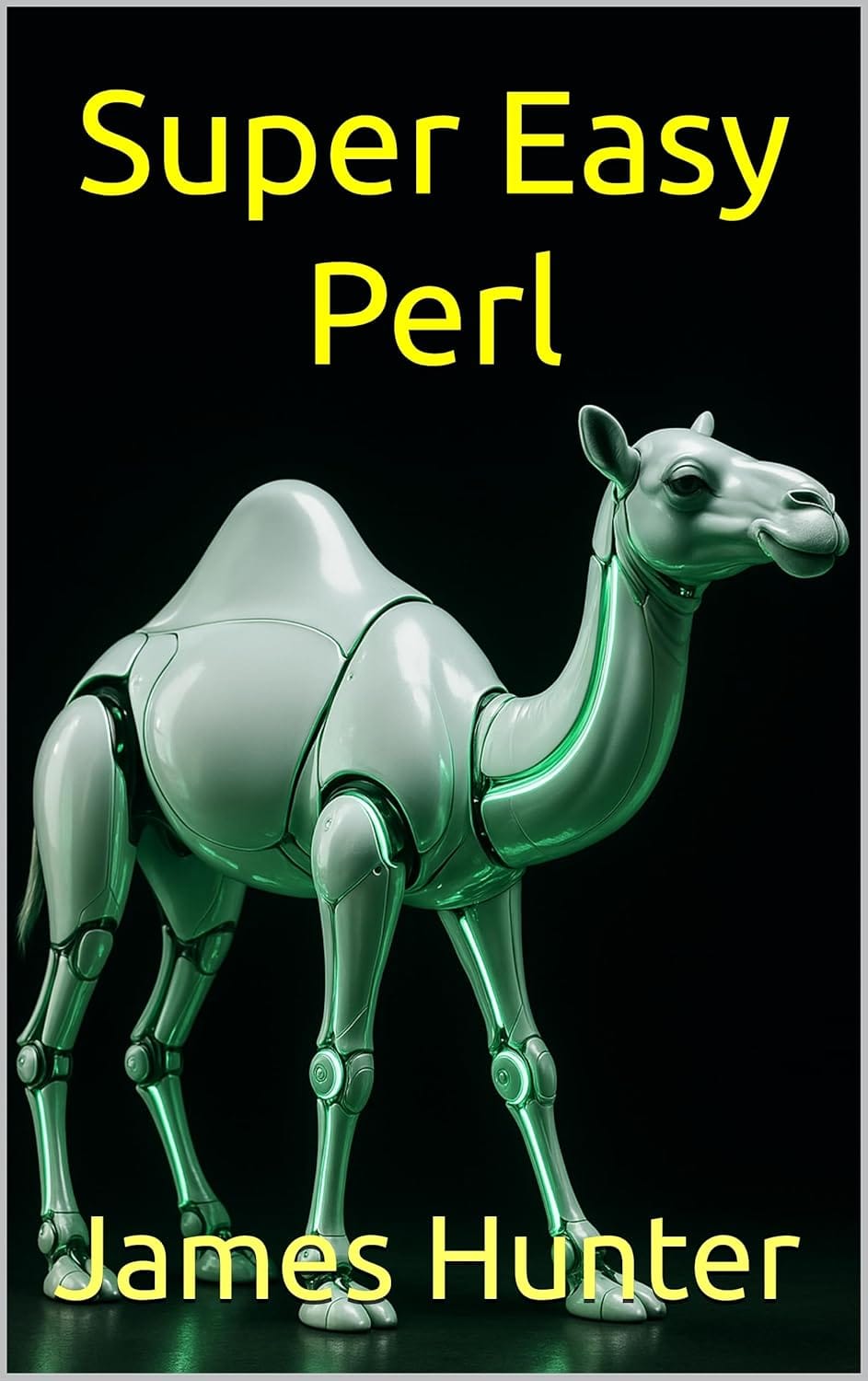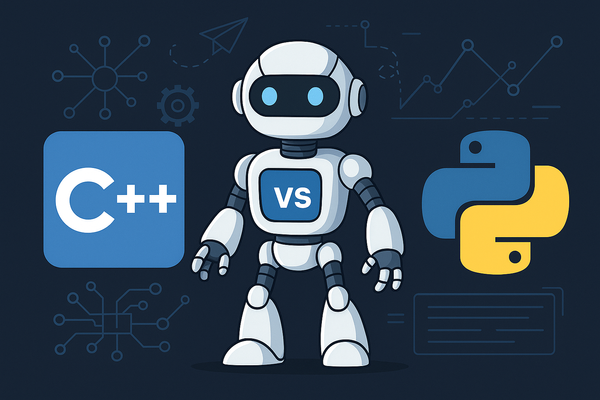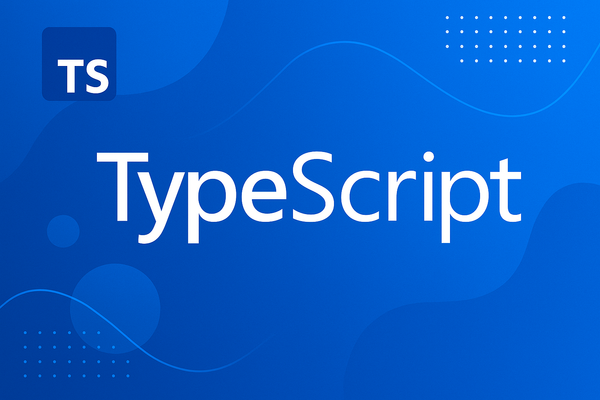Learning Perl: Why It’s Still Worth Your Time
Learn Perl with this modern guide to scripting, text processing, and automation. Explore Perl’s unique philosophy, regex power, CPAN ecosystem, and practical examples that make Perl a timeless programming language in 2025.

For many developers, Perl is that legendary language they’ve heard about but never touched — often described as both powerful and quirky. Known as the “Swiss Army chainsaw” of scripting, Perl has been around since the late 1980s and remains a solid tool for text processing, automation, and system administration.
If you’ve ever wondered whether Perl is worth learning in 2025, the answer is yes — and it’s easier than you think.
What Makes Perl Special?
- TMTOWTDI Philosophy: Perl’s mantra — There’s More Than One Way To Do It — encourages flexibility and creativity in problem solving.
- Strength in Text Processing: Perl’s regular expressions are legendary for handling logs, structured data, and messy input.
- Practical Power: Whether it’s automation, quick one-off scripts, or full-fledged applications, Perl gets the job done.
- Community and CPAN: The Comprehensive Perl Archive Network (CPAN) gives you access to over 200,000 modules for everything from web scraping to data analysis.
Getting Started with Perl
Installation is simple. On most Linux and macOS systems, Perl comes preinstalled. If not, you can grab Strawberry Perl (Windows), ActivePerl, or manage multiple versions with Perlbrew.
Running your first script is just as easy:
#!/usr/bin/perl
use strict;
use warnings;
print "Hello, Perl!\n";
Save this as hello.pl and run:
perl hello.pl
The Building Blocks
Perl has three main variable types:
- Scalars: Single values (
$name = "Alice";) - Arrays: Ordered lists (
@colors = ("red", "green", "blue");) - Hashes: Key-value pairs (
%capitals = ("France" => "Paris", "Japan" => "Tokyo");)
Perl’s context awareness (scalar vs. list) is unique and makes code concise:
my @nums = (1, 2, 3, 4);
my $count = @nums; # scalar context → 4
Control Flow and Subroutines
Like most languages, Perl gives you if/elsif/else and loops (for, while, until). But it also allows statement modifiers for readability:
print "Too hot!\n" if $temperature > 30;
Defining subroutines is simple:
sub greet {
my ($name) = @_;
return "Hello, $name!";
}
print greet("Developer");
Text Processing Power
Perl’s real magic shines with regular expressions:
my $email = "user@example.com";
if ($email =~ /^[\w\.-]+@[\w\.-]+\.\w+$/) {
print "Valid email!\n";
}
Substitutions are just as concise:
$sentence =~ s/world/universe/;
For many developers, this is why Perl is still irreplaceable.
Beyond the Basics
- Modules and CPAN: Need JSON parsing?
use JSON;and you’re done. - Object-Oriented Perl: While not as flashy as Python, Perl supports OOP via
blessand packages. - Web Development: Modern frameworks like Mojolicious make building web apps with Perl fast and fun.
- Databases: With DBI, you can query and update databases just like in Python or PHP.
Example with DBI:
use DBI;
my $dbh = DBI->connect("dbi:SQLite:dbname=test.db","","");
my $sth = $dbh->prepare("SELECT * FROM users WHERE age > ?");
$sth->execute(18);
while (my @row = $sth->fetchrow_array) {
print "@row\n";
}
Why Learn Perl in 2025?
- Legacy + Modern Relevance: Many critical systems still run Perl.
- Automation: Perfect for sysadmins and DevOps.
- Text/Data Mastery: Still unmatched for regex-heavy tasks.
- Community: CPAN and PerlMonks provide decades of shared wisdom.
- Future: Perl 7 is on the horizon, modernizing syntax while keeping its spirit alive.
Final Thoughts
Perl may not dominate headlines, but it remains a powerful, versatile, and battle-tested language. Whether you’re parsing logs, writing automation scripts, or exploring legacy systems, Perl rewards curiosity with real-world utility.
If you’re a Python or JavaScript developer looking to sharpen your text-processing or automation skills, learning Perl will feel like unlocking a new superpower.
👉 Start small: write a script, try out regex, and explore CPAN. You might find yourself reaching for Perl more often than you’d expect.




